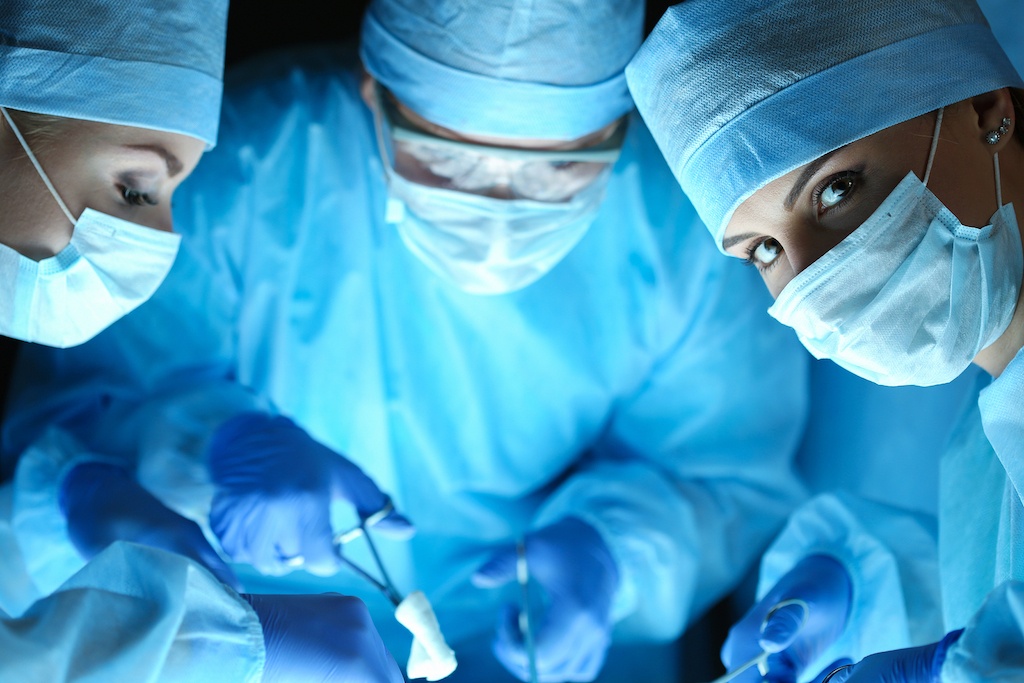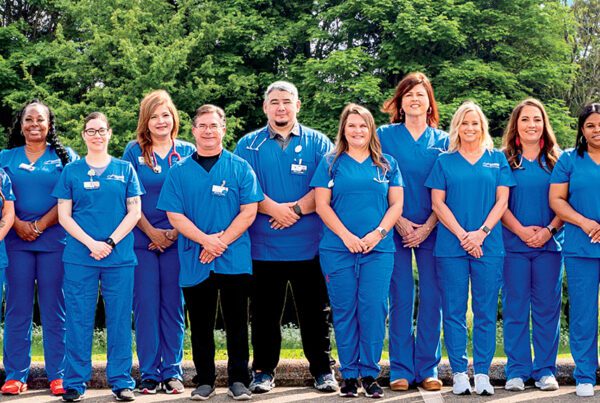Recently, Texas MD Monthly had the pleasure to speak with Dr. Melissa A. Crosby, M.D., FACS, Board-Certified Plastic Surgeon, of Memorial Plastic Surgery about gynecomastia, its symptoms and treatment methods.
TxMD: What is gynecomastia and its symptoms?
Dr. Crosby: Gynecomastia is a benign swelling or enlargement of the breast tissue in males that can occur at any age. Patients may experience enlargement of one or both breasts. The patient may be asymptomatic or may experience pain of the breast especially under the nipple and areolar region where a firm, rubbery mass known as a “breast bud” may develop. Many patients will experience emotional distress and psychological symptoms as a result of the breast enlargement.
TxMD: What are the causes of gynecomastia?
Dr. Crosby: Gynecomastia can have many causes and may vary based on the age of the patient. The most common causes are:
- Hormone imbalance due to high estrogen and low testosterone, as seen in infants and adolescents during puberty
- Medications, including those for epilepsy, depression, ulcers and heart conditions
- Anti-androgen medications
- Steroids, including prednisone and anabolic steroids to build muscle
- Chemotherapy drugs
- Use of marijuana, alcohol and other illegal drugs
- Cancer of the liver, lung, pituitary gland, adrenal glands or testicles
- Medical conditions such as cirrhosis of the liver, kidney failure, an overactive thyroid or malnutrition
- Genetic disorders such as Klinefelter’s syndrome resulting in hypogonadism
TxMD: What should I do if I think I have gynecomastia?
Dr. Crosby: It is important to consult with a physician if you suspect you may have gynecomastia. Your physician will perform a physical exam, obtain a thorough history, and may order further diagnostic tests to determine the cause of your symptoms. It is important to tell your doctor if you have a family history of breast cancer because men can also get breast cancer, and this can be the cause of an enlarged breast.
“Gynecomastia is a benign swelling or enlargement of the breast tissue in males that can occur at any age.”
TxMD: How is gynecomastia treated?
Dr. Crosby: For many patients, the treatment is dictated by the cause of the gynecomastia. In infants and adolescents, the hormonal imbalance will often resolve on its own without intervention with resolution of the breast swelling. Many patients may need to seek treatment for the inciting medical condition, stop or switch medications or change certain behaviors. If management of the primary disorder does not resolve the gynecomastia, surgical intervention may be considered.
TxMD: What if I want surgery?
Dr. Crosby: Surgical treatment is often performed by a plastic surgeon and may involve removal of the breast glandular tissue either with or without removal of the fatty tissue that accompanies the glandular tissue. The glandular tissue can be removed partially with a very small incision around the areolar or in a more extensive fashion similar to a mastectomy. The fatty tissue is removed via liposuction. For some patients, excess skin may also need to be removed. It is important to find a plastic surgeon who is board certified by the American Board of Plastic Surgery and is experienced in the treatment of gynecomastia. Insurance providers may cover the procedure if deemed medically necessary, however, many insurance plans consider this a cosmetic condition.
For more information on Memorial Plastic Surgery visit www.memorialplasticsurgery.com or call 713.633.4411. Memorial Plastic Surgery is located at 929 Gessner Road, Suite 2250 in Houston, TX 77024.







Recent Comments